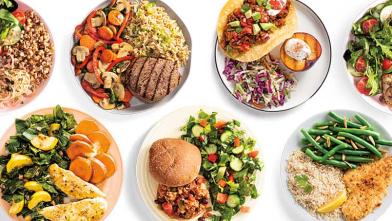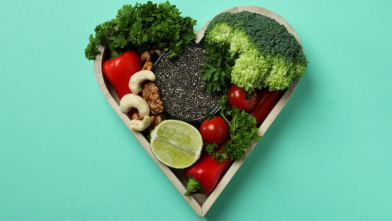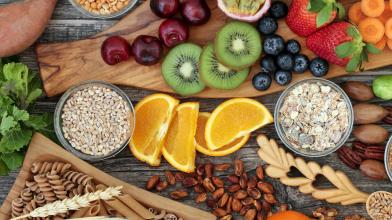
Ginger is a flowering plant renowned for its spicy, warm, and slightly sweet flavor. Its roots, known as rhizomes, are the parts most commonly used in culinary and medicinal applications. Ginger can be enjoyed in two primary forms: fresh and dried. Fresh ginger boasts a more intense and vibrant flavor, while dried ginger offers a concentrated spice that's perfect for both sweet and savory dishes.
What Does Ginger Taste Like?
The flavor profile of ginger is truly unique. It combines a peppery, almost citrusy zing with a hint of sweetness and a warm, spicy kick. This complexity makes ginger a versatile ingredient that can elevate a variety of dishes. In savory dishes, fresh ginger adds depth and vibrancy to stir-fries, curries, soups, and marinades. Its distinct taste also shines in baked goods and desserts, enhancing the flavors of cookies, cakes, and even ice creams.
How Do I Use Ginger?
Fresh ginger, characterized by its knobby appearance and pale yellow interior, is commonly used by grating, slicing, or mincing. It can be added directly to dishes or used to infuse liquids for a more subtle flavor. Dried ginger, available in powder or candied form, has a more concentrated taste and is often used in baking and beverages such as ginger tea.
Ginger is a crucial ingredient in a wide array of dishes across the globe. In Asian cuisines, it's used in curries, noodle dishes, and sushi. In Caribbean and Middle Eastern cooking, ginger lends its signature flavor to marinades for meats and stews. Even in Western cuisine, ginger's versatility shines in everything from gingerbread to sauces for roasted vegetables.
How to Pick and Store Ginger
When shopping for fresh ginger, choose pieces with smooth, taut skin, and minimal wrinkling. Avoid any that are soft or moldy. Young ginger tends to have a milder flavor and is preferred for pickling and slicing. To store fresh ginger, keep it in a cool, dry place or in the refrigerator. You can also freeze it for longer storage. For dried ginger, ensure you're purchasing it from a reputable source to guarantee its quality and potency. Store dried ginger in an airtight container away from light, heat, and humidity to maintain its flavor.
Is Ginger Good for People with Diabetes?
Beyond its culinary uses, ginger boasts a range of potential health benefits. Ginger is known for its anti-inflammatory and antioxidant properties, which are attributed to compounds like gingerol. Ginger has been used for centuries to aid digestion, alleviate nausea, and reduce muscle pain. It's also believed to support immune function and may play a role in managing blood glucose (blood sugar) levels. Incorporating ginger into your diet can be a flavorful way to harness these potential health advantages.
The Takeaway
Ginger's distinct flavor and versatility have made it an irreplaceable ingredient in kitchens worldwide. Whether gracing a bowl of fragrant curry or soothing an upset stomach, ginger's charm extends beyond its culinary applications. Try using it in your kitchen today!
Try Out These Ginger Recipes

Ginger Infused Oatmeal
Start your day with a satisfying Ginger-Infused Oatmeal, a delightful breakfast that's diabetes-friendly and filling.

Spiced Ginger Carrot Soup
This flavorful Spiced Ginger Carrot soup is a culinary journey that transcends borders, drawing inspiration from global kitchens.

Whole Wheat Fresh Gingerbread
This fresh gingerbread loaf is a wholesome twist on a classic favorite, offering the warm, spicy notes of ginger and molasses, but with the goodness of whole wheat flour.














